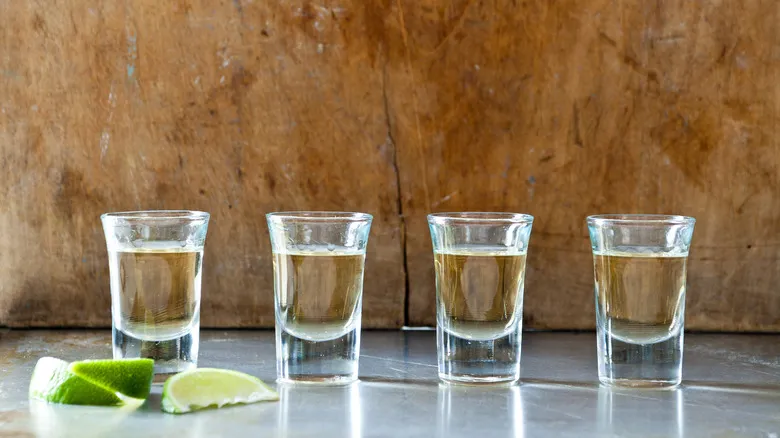A look at tequila's classic recipe

The production of tequila is a meticulous and labor-intensive endeavor. The Blue Weber agave plant typically requires about six years to reach maturity. Harvesting is predominantly done by hand, with each plant carefully uprooted and trimmed down to the piña, the core part that contains the sap essential for fermentation. While some producers extract sufficient sugar from this area for their tequila, others may add cane or corn syrup as a supplement. Regardless, all tequilas must adhere to a minimum sugar standard of 51% agave sugars, although the finest tequilas proudly label themselves as 100% agave.
Traditional tequila makers often rely on wild yeasts present in the environment to ferment the agave juices, but for improved yields, some opt for commercial yeast strains. This fermented liquid undergoes a couple of distillation processes before being diluted with mineral water, a common practice in alcohol production. If the spirit is bottled right after distillation, it is classified as blanco tequila.
Alternatively, tequila can be aged in barrels, with the duration of aging determining whether it is labeled as reposado, añejo, or extra añejo. The type of barrels used and the aging method contribute unique flavors and colors to the spirit. Thus, despite a relatively limited selection of ingredients, tequila offers a vast range of flavor possibilities. Similar to wine, tequila showcases a terroir that reflects the season of the harvest, the region of production, and the techniques employed.
The role of additives in tequila

While the traditional method produces a genuine agave spirit, this doesn't represent all the options on the market. For instance, some bottles, referred to as mixtos, may contain only a small majority of tequila. Additionally, regulations permit up to 1% of the tequila's volume to include additives without being labeled, a fact that has recently intrigued the American consumer.
Although these additives may constitute a minor portion of the bottle, their effects are significant. Glycerin is often added to enhance mouthfeel, providing an artificial smoothness and masking imperfections. Sugars, including popular industrial options like stevia or more natural choices like agave syrup, improve the drink's flavor profile. Caramel coloring and oak extracts enhance the enjoyable characteristics of barrel-aged tequilas.
These enhancements generally aim to standardize flavor, smoothen texture, and reduce production costs. However, they can also compromise the spirit's inherent complexity, which reflects the dedication and craftsmanship involved in traditional production. Moreover, they can lead to overexploitation of agave resources, posing environmental risks and complicating the landscape for smaller distilleries. While some budget tequilas may be worth considering, it's advisable to choose bottles that are certified to contain 100% agave. These options may come at a higher price, but they honor the rich, centuries-old tradition of tequila making.
Recommended
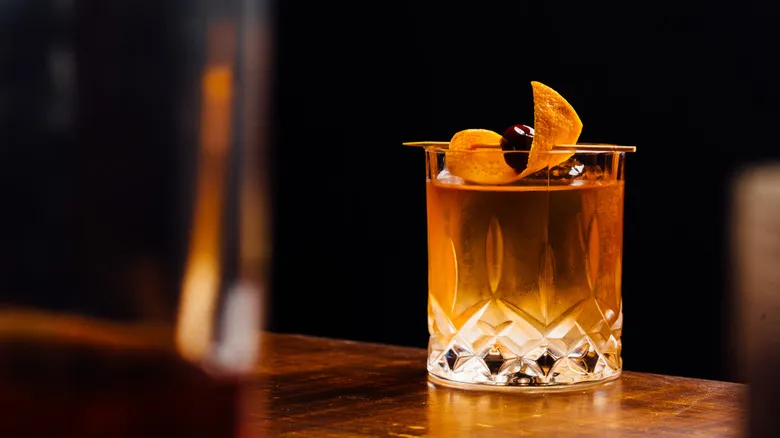
The Mistake Too Many People Make When Crafting An Old Fashioned
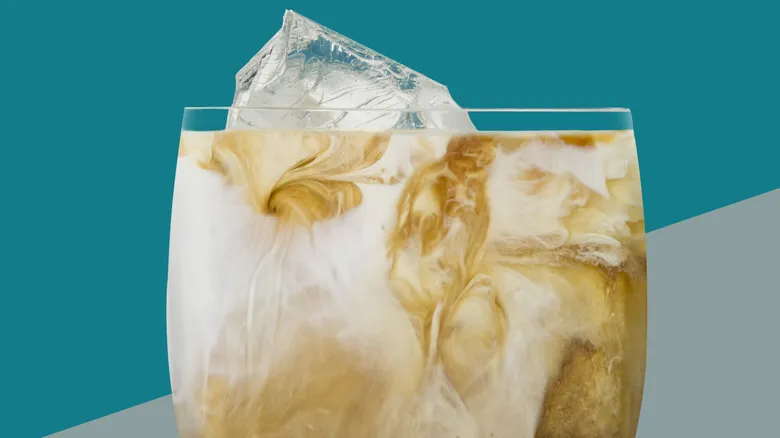
Give Your White Russians A Sweet, Festive Twist With One Easy Swap
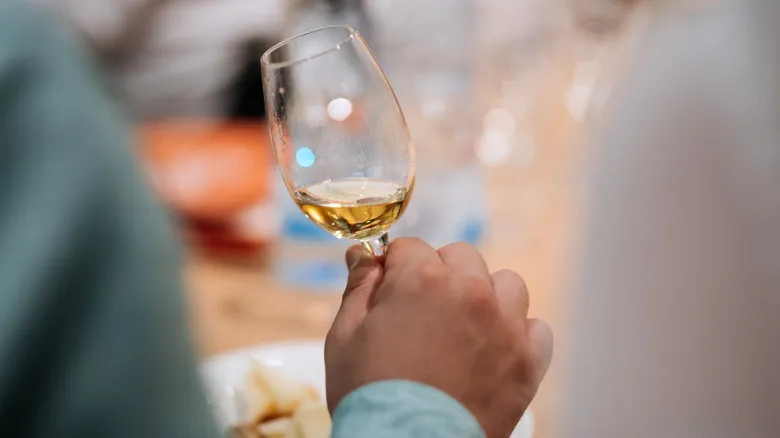
Calling Bourbon Smooth At A Tasting Is A Rookie Mistake
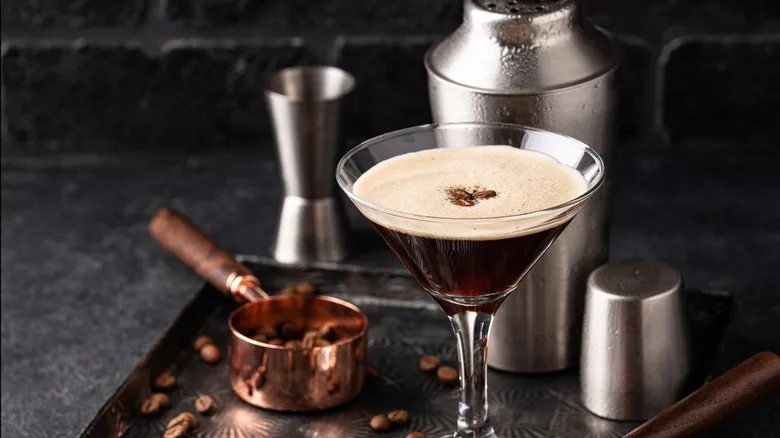
Why It Pays To Double-Strain Your Espresso Martini
Next up

